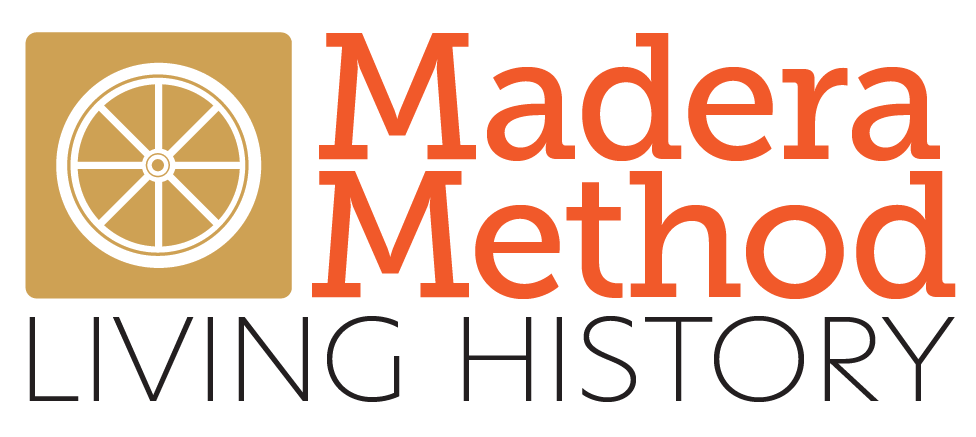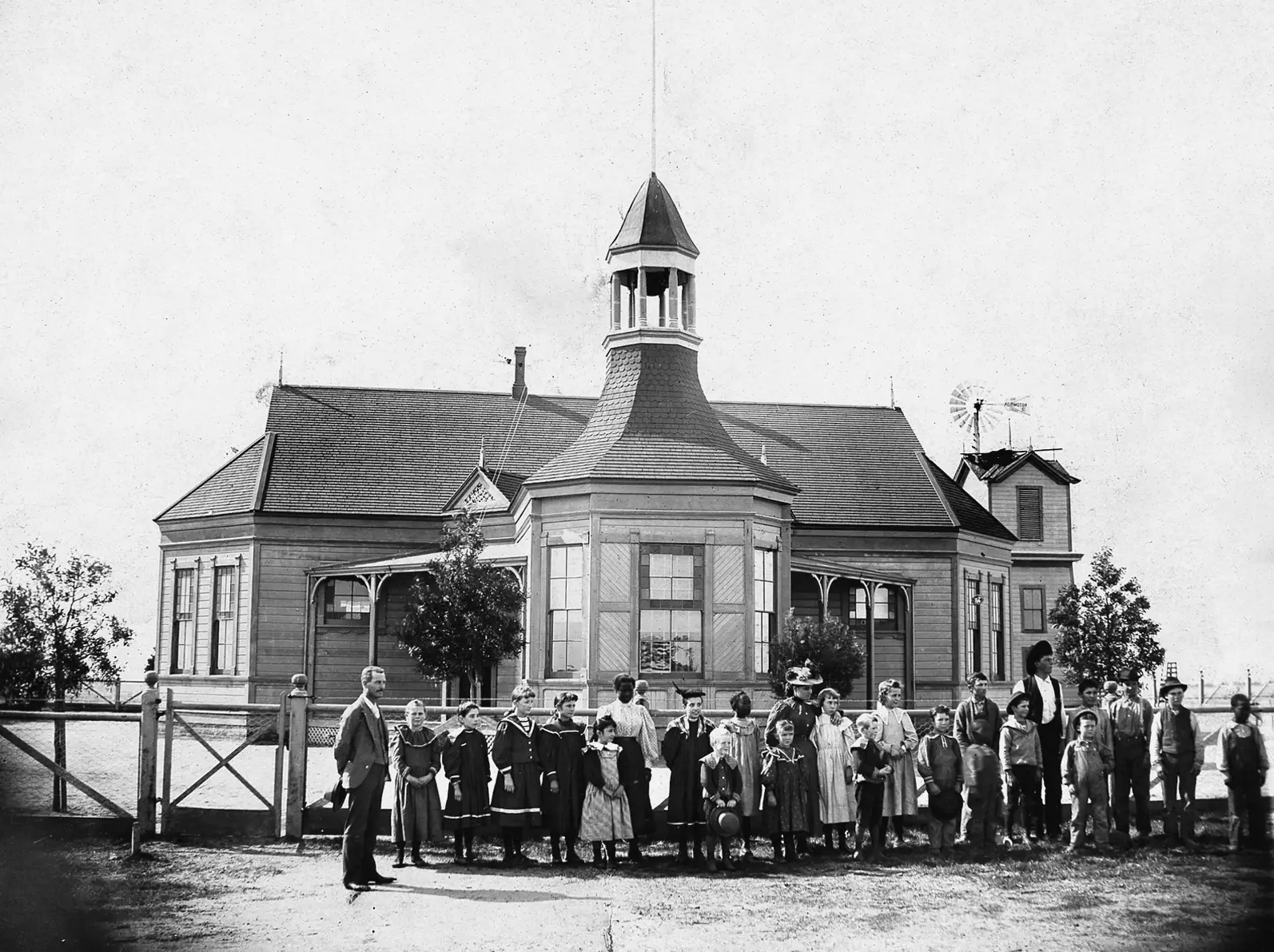Madera celebrated its fourth birthday in 1880, firmly ensconced along the Southern Pacific Railroad, between Berenda to the north and Borden to the south. Within five years, its population of 231 would grow to 500 (130 of them voters), and its downtown area would begin to take on the trappings of a typical pioneer village. By the end of the decade, that village was on the verge of becoming a town.
In October 1881, Madera had three hotels, including Captain Mace’s Yosemite Hotel, three general stores, a drug store, several saloons, a butcher shop, a blacksmith shop, and a livery stable. All of these establishments were located on the mill reservation road, which was by then called Yosemite Avenue, Madera’s main street. The village’s first house of worship, St. Joachim, was built in 1881, using land and lumber donated by the Madera Flume and Trading Company. Its first pastor was Father Valentin Aguilera, who had erected the very first church edifice in Madera County at Borden in 1879.
Within four years, the number of entrepreneurs along Yosemite Avenue had more than doubled. Madera’s business establishments included five hotels, four general dry goods, and grocery stores, one jewelry store, one dressmaking establishment, two paint shops, one market, three blacksmith and wood shops, seven saloons, two livery stables, one harness shop, two churches, one large school house, two drug stores, two physicians, two lawyers, one boot and shoe shop, two barber shops, one bath house, one restaurant, and a depot/telegraph office. There were also 47 residences, the most impressive being J.J. Dickenson’s house (built at a cost of $2,500), the J.W. Watkins home, and the domicile of John Tozer, foreman of the sash and door factory.
The 1880s saw the laying out of the C, D, E, and Front (later F and still later Gateway Drive) Streets, all intersecting Yosemite Avenue by running north and south. Not surprisingly, in a short time, Maderans began to demand a bridge across the Fresno River. On September 16, 1885, the Fresno County Board of Supervisors gave in to the constant request of the upstart village and built a bridge where Front Street met the river. In a further concession to the persistence of those early Maderans, the board put two road levelers to work on the streets—one pulled by a 14-horse team and another by six horses. By 1885, horse-drawn carriages could travel up Madera’s main street with relative ease.
Contrary to popular belief, neither the Madera Tribune nor the Madera Mercury was the town’s first newspaper. That signal honor must rest with an obscure and short-lived publication that went by the name of the Weekly Madera Journal. Its first issue appeared on March 7, 1885. The Mercury and the Tribune, however, were not far behind, the former beginning publication on March 21, 1885, and the latter in the next decade. The Madera Mercury was owned by E. E. Vincent and took pride in the fact that it was politically an “independent.” Vincent had come to Madera after conducting the San Jose Headlight, and the Calico Print (San Bernardino County). Associated with Vincent was his editor, John M. McClure, who came to Madera from Missouri. He was 22 years old when he assumed his management duties with the Mercury.
Excerpt from the “History of Madera” by Bill Coate




